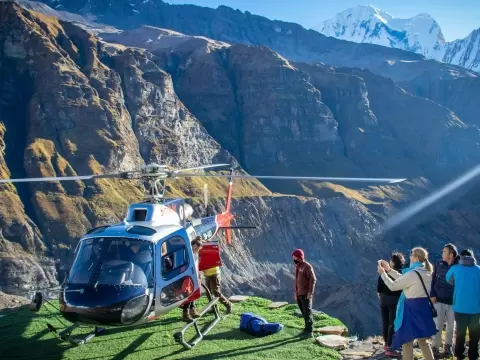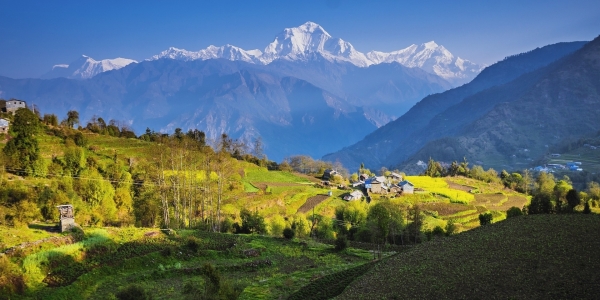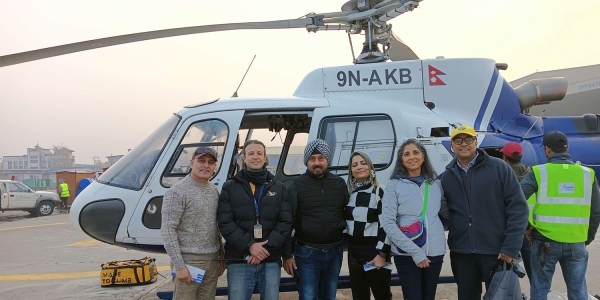The Kailash Manasarovar Tour is one of the most revered pilgrimages for Hindus, Buddhists, Jains, and Bon followers. Located in the remote reaches of the Tibetan Autonomous Region, Mount Kailash is considered the abode of Lord Shiva and a symbol of spiritual significance. The adjacent Lake Manasarovar, believed to be created by Brahma, adds to the sanctity of the region. This guide provides detailed information on the journey, key highlights, itinerary, and essential tips for a successful pilgrimage.
Why Visit Kailash Manasarovar?
Mount Kailash (6,638 meters/21,778 feet) and Lake Manasarovar are not just geographic landmarks but spiritual symbols. Pilgrims believe that circumambulating Mount Kailash on foot is a sacred ritual that will bring good fortune, purify sins, and grant enlightenment. The journey to this remote region, while challenging, offers breathtaking landscapes, deep spiritual experiences, and an opportunity to witness diverse cultures.
Highlights of the Kailash Manasarovar Tour
Mount Kailash
- Description: Known as Kang Rinpoche in Tibetan, Mount Kailash is a peak in the Kailash Range, part of the Transhimalaya in Tibet. It is considered sacred in four religions: Hinduism, Buddhism, Jainism, and Bon.
- Highlights: Undertake the Kailash Kora, a 52-kilometer circumambulation around the mountain, considered to be an ultimate pilgrimage.
 Lake Manasarovar
Lake Manasarovar
- Description: Situated at 4,590 meters (15,060 feet), Lake Manasarovar is one of the highest freshwater lakes in the world.
- Highlights: Perform a ritual bath in the lake's pure waters and meditate on its serene shores.
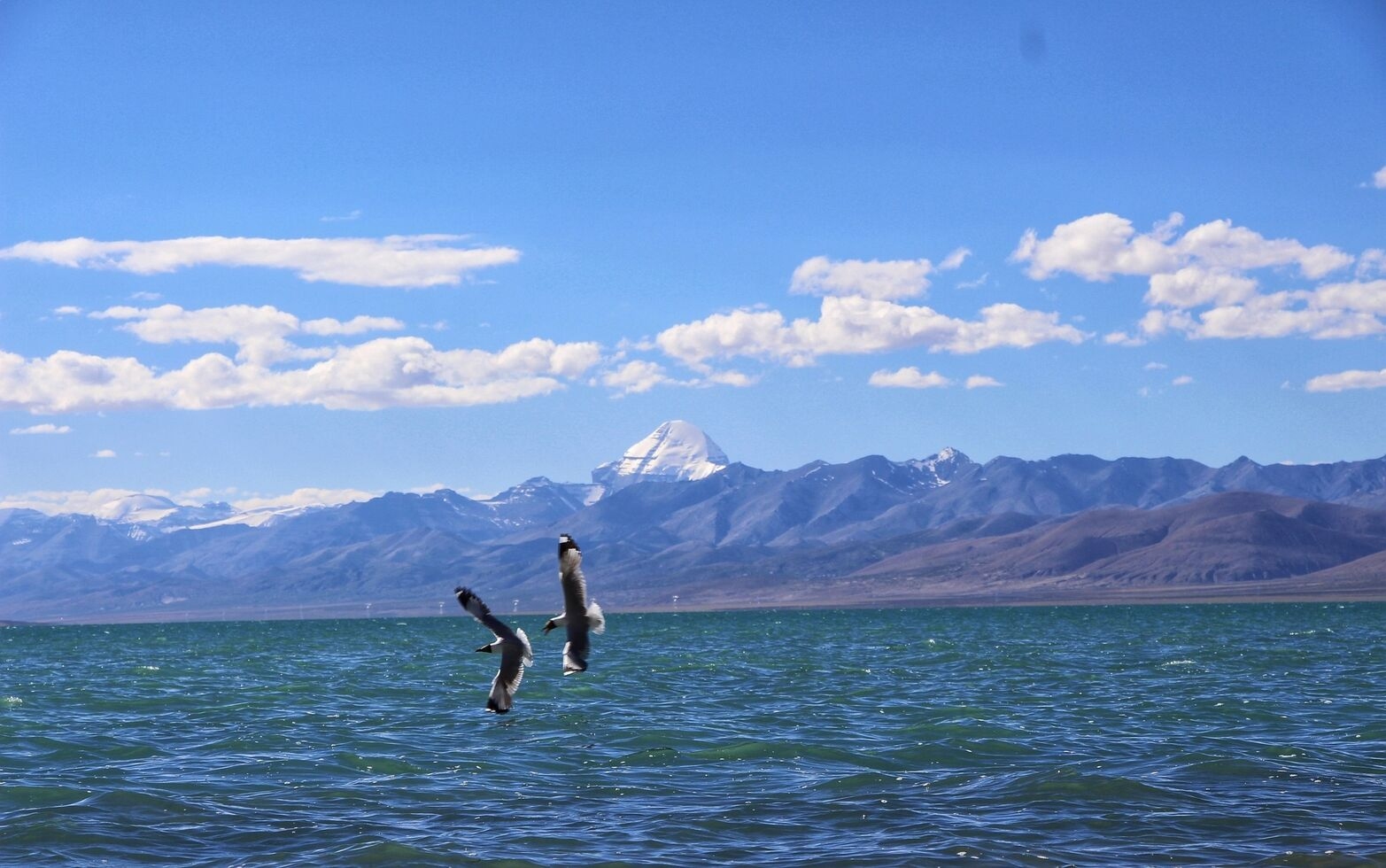 Tirthapuri Hot Springs
Tirthapuri Hot Springs
- Description: Located near Mount Kailash, these hot springs are believed to have healing properties.
- Highlights: Relax in the natural hot springs after the rigorous Kailash Kora.
Rakshas Tal (Lake)
- Description: Also known as the 'Lake of the Demon', Rakshas Tal lies near Lake Manasarovar and has a contrasting salty water composition.
- Highlights: Enjoy the stark beauty and tranquil environment of the lake.
Asthapad
- Description: Located at the base of Mount Kailash, Asthapad is considered a holy site for Jains.
- Highlights: Explore the spiritual significance of this site, where Rishabhadeva, the first Tirthankara, is said to have attained nirvana.
Suggested Itinerary
Day 1: Arrival in Kathmandu
- Arrive in Kathmandu, Nepal, and transfer to your hotel.
- Attend a briefing about the Kailash Manasarovar Yatra.
Day 2: Kathmandu Sightseeing and Preparation
- Visit Pashupatinath Temple, a sacred Hindu temple.
- Prepare for the journey and complete necessary paperwork.
Day 3: Kathmandu to Syabrubesi
- Drive from Kathmandu to Syabrubesi (1,400 meters/4,593 feet).
- Overnight stay at a guesthouse.
Day 4: Syabrubesi to Kerung
- Cross the Nepal-Tibet border and continue to Kerung (2,700 meters/8,858 feet).
- Acclimatization and rest.
Day 5: Kerung to Saga
- Drive to Saga (4,640 meters/15,223 feet), passing through the scenic Tibetan landscape.
- Overnight stay at a guesthouse.
Day 6: Saga to Lake Manasarovar
- Continue the drive to Lake Manasarovar (4,590 meters/15,060 feet).
- Perform rituals and take a holy dip in the lake.
- Overnight stay in a guesthouse.
Day 7: Lake Manasarovar to Darchen
- Drive to Darchen (4,575 meters/15,010 feet), the base camp for Mount Kailash.
- Rest and prepare for the Kora.
Day 8: Darchen to Diraphuk
- Begin the Kailash Kora by trekking to Diraphuk (4,900 meters/16,076 feet).
- Overnight in a basic guesthouse or camp.
Day 9: Diraphuk to Zuthulphuk via Dolma-La Pass
- Trek over Dolma-La Pass (5,630 meters/18,471 feet) to Zuthulphuk (4,835 meters/15,863 feet).
- This is the most challenging day of the trek.
- Overnight stay in a basic guesthouse or camp.
Day 10: Zuthulphuk to Darchen
- Complete the Kora and return to Darchen.
- Overnight stay in a guesthouse.
Day 11: Darchen to Saga
- Drive back to Saga, retracing the route.
- Overnight stay at a guesthouse.
Day 12: Saga to Kerung
- Continue the return journey to Kerung.
- Overnight stay at a guesthouse.
Day 13: Kerung to Kathmandu
- Cross the border back into Nepal and drive to Kathmandu.
- Overnight stay at a hotel.
Day 14: Departure
- Transfer to Tribhuvan International Airport for your departure.
Best Time to Visit: May to September, when the weather is relatively mild and the passes are clear.
Permits: Obtain a Chinese visa and a Tibet Travel Permit, arranged through a travel agency.
Physical Preparation: The trek is strenuous; undertake cardiovascular exercises, strength training, and altitude acclimatization prior to the trip.
Packing Tips: Warm clothing, sturdy trekking boots, a good quality sleeping bag, sunscreen, a hat, and personal medications.
Cultural Etiquette
Respect Local Customs: Dress modestly, ask for permission before taking photographs, and follow local religious practices.
Environmental Responsibility:Keep the environment clean by not littering and following the principle of “Leave No Trace.”
Conclusion
The Kailash
Manasarovar Tour is a journey of profound spiritual significance and physical challenge. From the sacred waters of Lake Manasarovar to the holy Mount Kailash, every step is filled with divine energy and natural splendor. Proper preparation and respect for the local culture and environment will ensure a successful and enriching experience. Embrace the journey with an open heart and mind, and you will return with memories and blessings to last a lifetime.
Happy Pilgrimage!
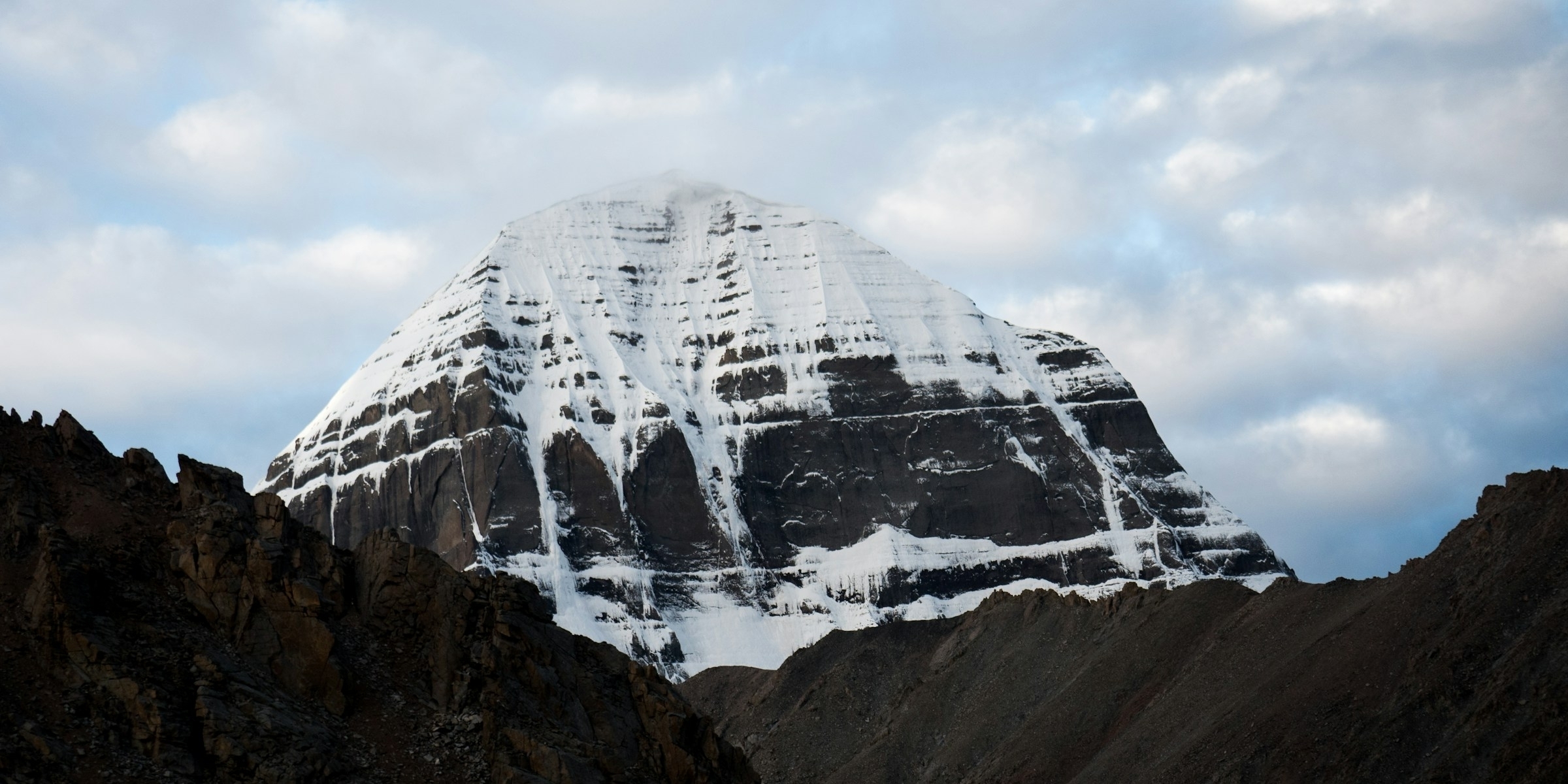
Lake Manasarovar
 Tirthapuri Hot Springs
Tirthapuri Hot Springs